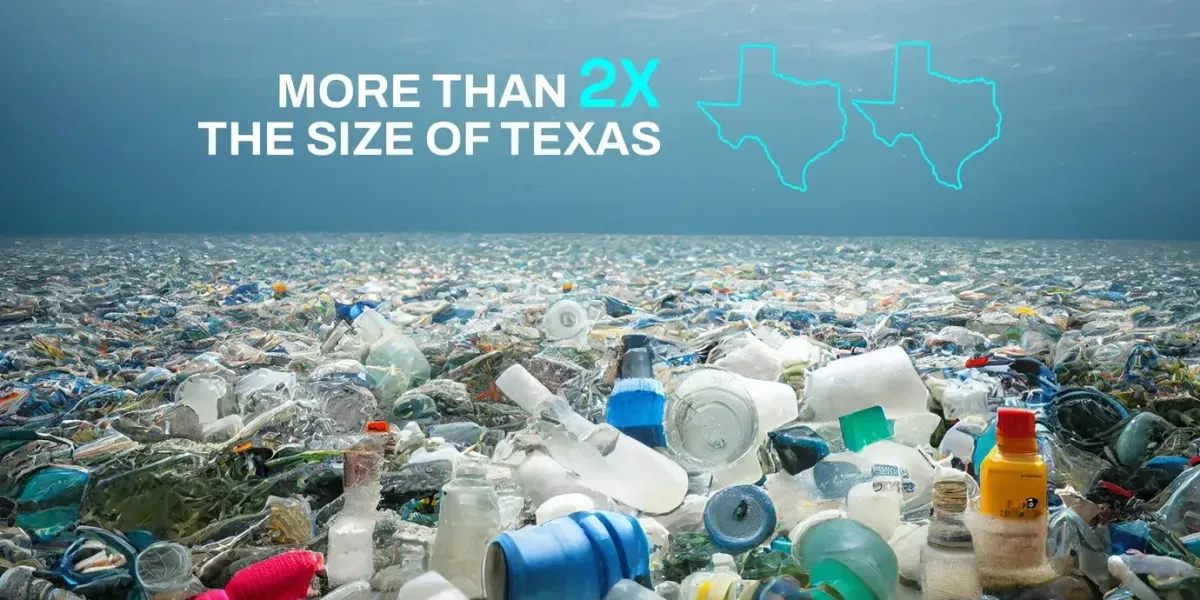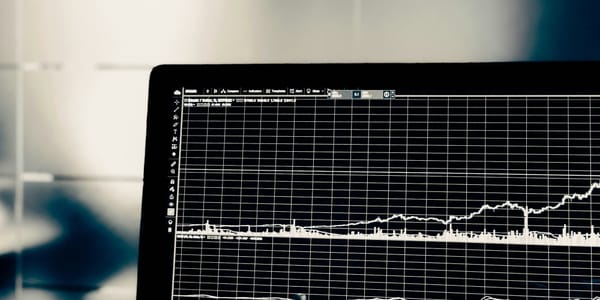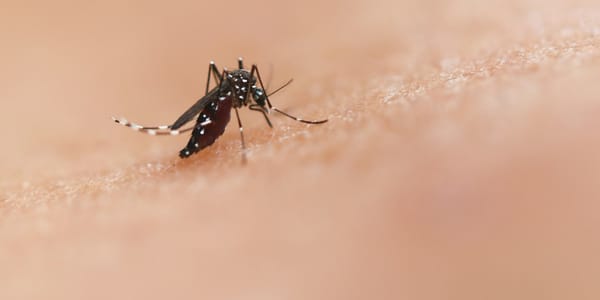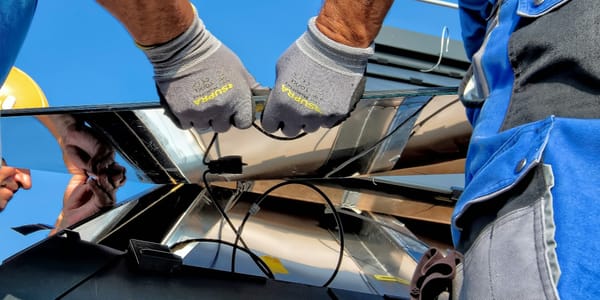The Great Pacific Garbage Patch: A Persistent Challenge in Need of Urgent Solutions
The GPGP is a huge area of marine debris in the North Pacific. This plastic-filled gyre has severe environmental impacts. This article dives into its composition, formation, effects, and current cleanup efforts.

The Great Pacific Garbage Patch's (GPGP) persistent existence demonstrates the failure of traditional waste management systems in tackling ocean pollution. It's a complex mix of plastic, discarded fishing equipment, and other anthropogenic debris trapped within the North Pacific Subtropical Gyre. This article will delve into recent research to provide a nuanced understanding of the GPGP's makeup, formation dynamics, and ongoing environmental damage.
Composition of the GPGP
Plastic remains the dominant constituent of the GPGP. Microplastics are alarmingly pervasive, as emphasized by recent studies (Isobe et al., 2021). Moreover, abandoned, lost, or discarded fishing gear (ALDFG) makes up a substantial portion of the patch's debris (van Sebille et al., 2022). This poses a distinct threat of wildlife entanglement and ingestion.
Formation of the GPGP
Ocean currents remain the primary driver of the GPGP's formation. Ongoing research highlights the role of wind-driven transport as a significant contributor to waste accumulation, adding complexity to removal efforts (Onink et al., 2021). Additionally, the influence of coastal pollution hotspots and the breakdown of larger plastics into microplastics within the patch complicate the problem (Brignac et al., 2022).
Environmental Impact of the GPGP
The GPGP's ecological impacts are far-reaching and cause for concern:
- Marine Wildlife Harm: Entanglement in debris and ingestion of plastics continue to severely harm marine life, from fish and seabirds to large mammals (Nelms et al., 2021).
- Bioaccumulation and Food Web Disruption: Transfer of chemicals associated with plastic debris through the food web has been increasingly documented, raising concerns about potential impacts on humans and ecosystem stability (Rochman et al., 2022).
- Invasive Species Spread: The GPGP acts as a carrier for invasive species, with recent studies revealing the extent to which debris-rafting allows for the transport of organisms across vast distances (Carlton et al., 2021)
Current Mitigation Efforts
Organizations are combating the GPGP through diverse approaches:
- Technological Solutions: Projects like The Ocean Cleanup Foundation are deploying advanced technologies for large-scale debris collection and monitoring (The Ocean Cleanup, 2023).
- Source Reduction Strategies: Initiatives emphasizing waste prevention, alternative materials, and responsible production are increasingly recognized as key components in addressing the GPGP at its roots (Borrelle et al., 2020).
- Data-Driven Policy: Recent scientific publications advocate for evidence-based policymaking to target waste streams and implement industry regulations (Vince & Hardesty, 2022).
The Importance of GPGP Removal
Removal and reduction are crucial to mitigate the issue:
- Preservation of Biodiversity: A debris-free ocean is vital for marine species' health, supporting thriving ecosystems and the overall well-being of the planet.
- Safeguarding Human Health: The long-term consequences of microplastics and associated chemicals in seafood could pose risks to human health, requiring proactive action (Barboza et al., 2020).
- Leaving a Legacy: Addressing the GPGP exemplifies our commitment to environmental responsibility for present and future generations.
Conclusion
The Great Pacific Garbage Patch is a persistent reminder of our unsustainable relationship with waste. Recent research highlights the complexities of its composition, formation, and destructive impact on the marine environment. While cleanup efforts are crucial, the solution ultimately lies in preventative action and systemic changes. This requires a global shift towards a circular economy, policy innovation, and rethinking our reliance on plastics.
Sources
- Barboza, L. G. A., et al. (2020). Microplastics in wild fish from North East Atlantic Ocean and its potential for causing neurotoxic effects, lipid oxidative damage, and human health risks. Science of The Total Environment, 717, 137065.
- Borrelle, S. B., et al. (2020). Predicted growth in plastic waste exceeds efforts to mitigate plastic pollution. Science, 369(6510), 1515-1518.
- Brignac, K.C., et al. (2022). A regional analysis of inferred influence from multiple debris origins on the Great Pacific Garbage Patch. Marine Pollution Bulletin, 178, 113588.
- Carlton, J., et al. (2021). Tsunami-driven rafting: Transoceanic species dispersal and implications for marine biogeography. Science, 374(6574),1402-1406.



